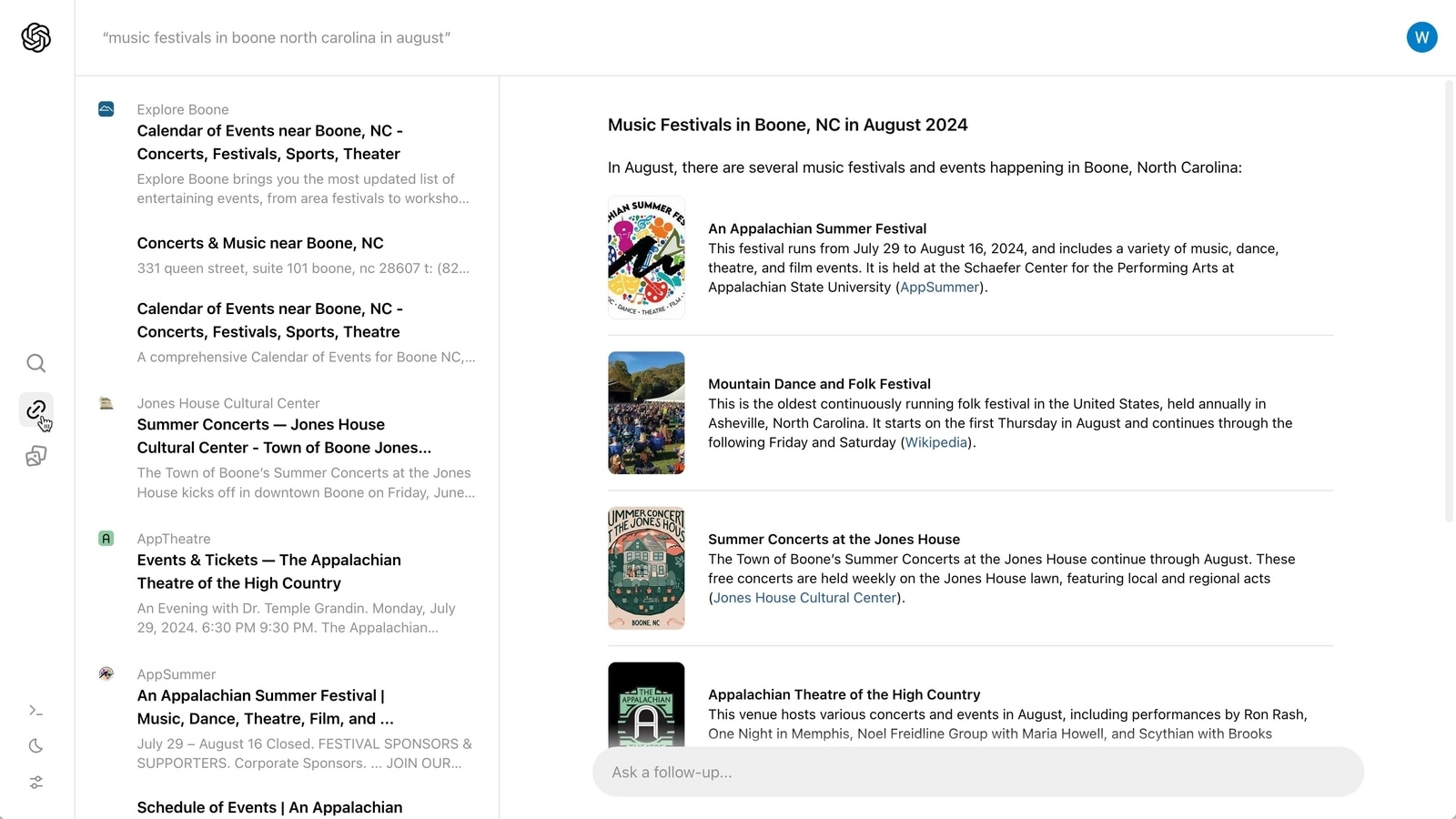ChatGPT has been the talk of the town since the day it has released. Over a million users are already using the revolutionary chatbot for interaction. For the unaware, ChatGPT is a large language model (LLM) trained by OpenAI to respond to different questions and generate information on an extensive range of topics. It can translate multiple languages, generate unique and creative user-specific content, summarize long text paragraphs, etc. LLMs are trained on huge volumes of textual data and produce meaningful text like humans. It even holds the capability of generating software codes. One of the key advantages of large language models is that they can quickly produce good-quality text conveniently and at scale.
What is prompt engineering?
Talking specifically about GPT-3, it is the closest model that has reached how a human being thinks and converses. For developing any GPT-3 application, it is important to have a proper training prompt along with its design and content. Prompt is the text fed to the Large Language Model. Prompt engineering involves designing a prompt for a satisfactory response from the model. It focuses on providing the model with a good quality training prompt for appropriate context so that the model can find patterns and trends in the data.
Prompt engineering is the concept of prompting a machine the inputs that may result in favorable outcomes. Simply put, it includes conveying to the model what it needs to perform. For example, asking the text-to-text ChatGPT model to create a summary of the text provided or the text-to-image DALL-E model to generate a particular image. For this, the tasks are transformed into a prompt-based dataset, and the model is then trained on that data to learn and perceive patterns.
What can be examples of the prompt?
A prompt can be anything from a string of words or a big sentence to a code block. It is just like prompting a student to write an article on any topic. In models like DALLE-2, prompt engineering includes explaining the required response as the prompt to the AI model. The prompt can vary from a simple statement like ‘Recipe of Lasagnia’ or a question like ‘Who was the first President of the United States?’ to a complex request like ‘Generate a list of customized questions for my Data Science interview tomorrow’ by providing context in the form of a prompt.
Reasons why prompt engineering is essential for a good future in AI.
- Increasing accuracy: Prompt engineering can lead to more accurate AI systems by confirming that the AI is trained on a varied and representative dataset. This helps avoid issues like overfitting, where the AI system performs well on the training data but not on the test data.
- Avoiding accidental consequences: AI systems trained on poorly designed prompts can lead to consequences. For example, an AI system skilled in identifying images of cats might classify all black-and-white images as cats, leading to imprecise results.
- Encouraging responsible AI: Prompt engineering can help AI systems have conclusions that bring human values and ethical principles into line. By carefully fashioning the prompts used in AI training, systems can be unbiased and harmful.
Applications
- Natural Language Processing: In NLP, prompt engineering creates prompts that help AI systems comprehend human language and respond suitably. For example, prompts can be designed to teach AI systems to differentiate between sarcasm, irony, and frank statements.
- Image Recognition: Prompt engineering can be used in image recognition to confirm that AI systems are trained on miscellaneous image data. This helps to improve the accuracy and consistency of AI systems in classifying objects and people in images.
- Sentiment Analysis in chatbots: Prompt engineering designs prompts that help chatbots understand the sentiment. For example, to help chatbots distinguish between positive, negative, and neutral responses.
- Healthcare: AI systems, such as medical diagnosis and treatments, are trained on prompts that help them understand medical data and deliver an accurate diagnosis.
Artificial Intelligence (AI) has made extraordinary progress in recent years, modifying how we live, work, and interact with technology. To ensure that AI continues to positively influence society, one must understand the significance of prompt engineering. This can be done by ensuring that AI systems are trained on designed prompts to build safe, reliable, and trustworthy systems.
Don’t forget to join our 13k+ ML SubReddit, Discord Channel, and Email Newsletter, where we share the latest AI research news, cool AI projects, and more.
Tanya Malhotra is a final year undergrad from the University of Petroleum & Energy Studies, Dehradun, pursuing BTech in Computer Science Engineering with a specialization in Artificial Intelligence and Machine Learning.
She is a Data Science enthusiast with good analytical and critical thinking, along with an ardent interest in acquiring new skills, leading groups, and managing work in an organized manner.









